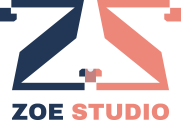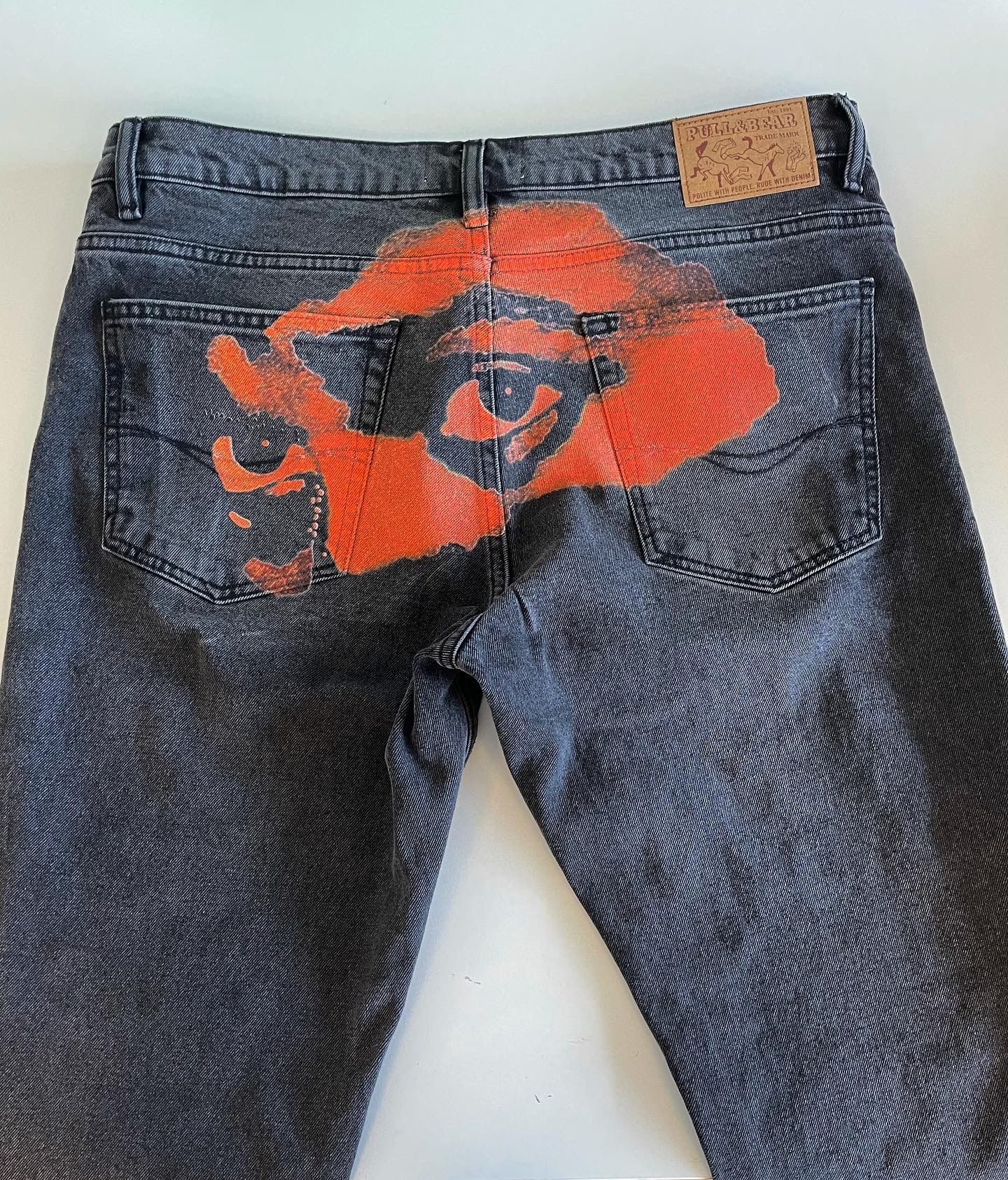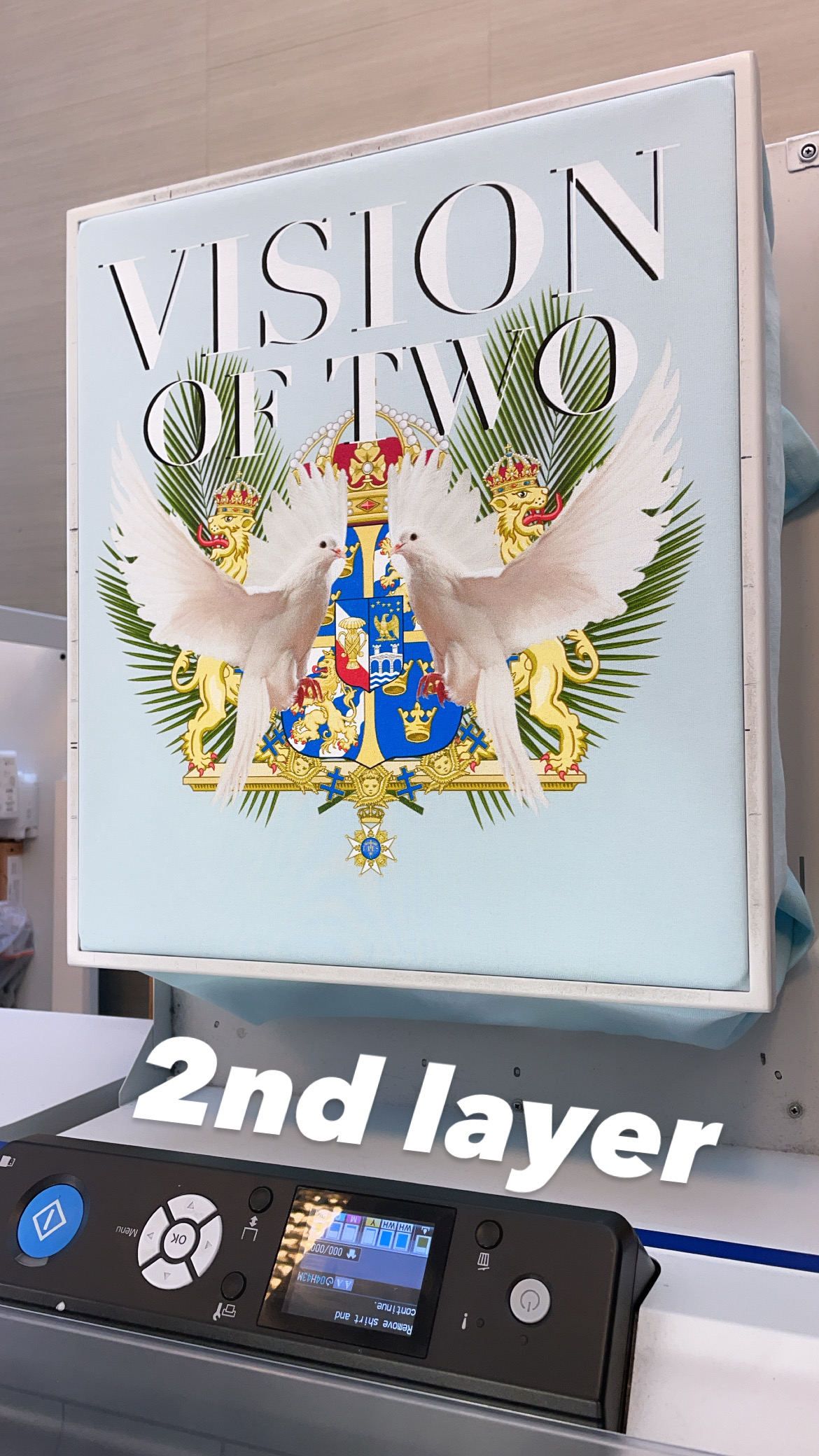Imprimare DTG
EXEMPLE DE IMPRIMARE DIGITALA REALIZATA DE CATRE NOI.
Ai nevoie de haine personalizate sau ai o întrebare despre Zoe Studio și despre soluțiile noastre de personalizare?
Ia legătura cu noi folosind formularul de contact de mai jos:
Imprimarea digitala este folosita pentru modele complexe sau detaliate care nu pot fi imprimate cu metode traditionale de imprimare. Imprimantele noastre digitale sunt facute de Epson si folosesc cea mai buna calitate de tehnologie si cerneala pentru imprimarea pe imbracaminte personalizata.
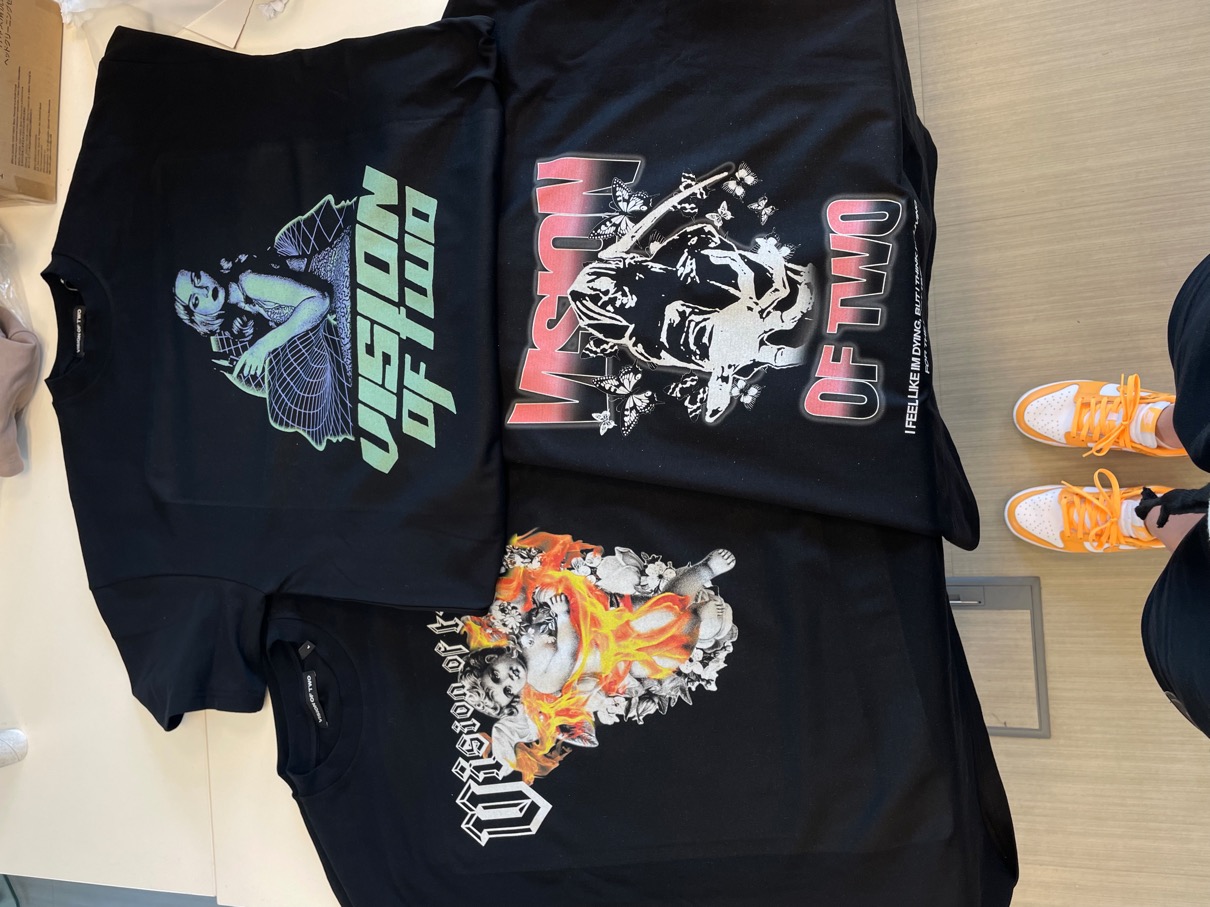

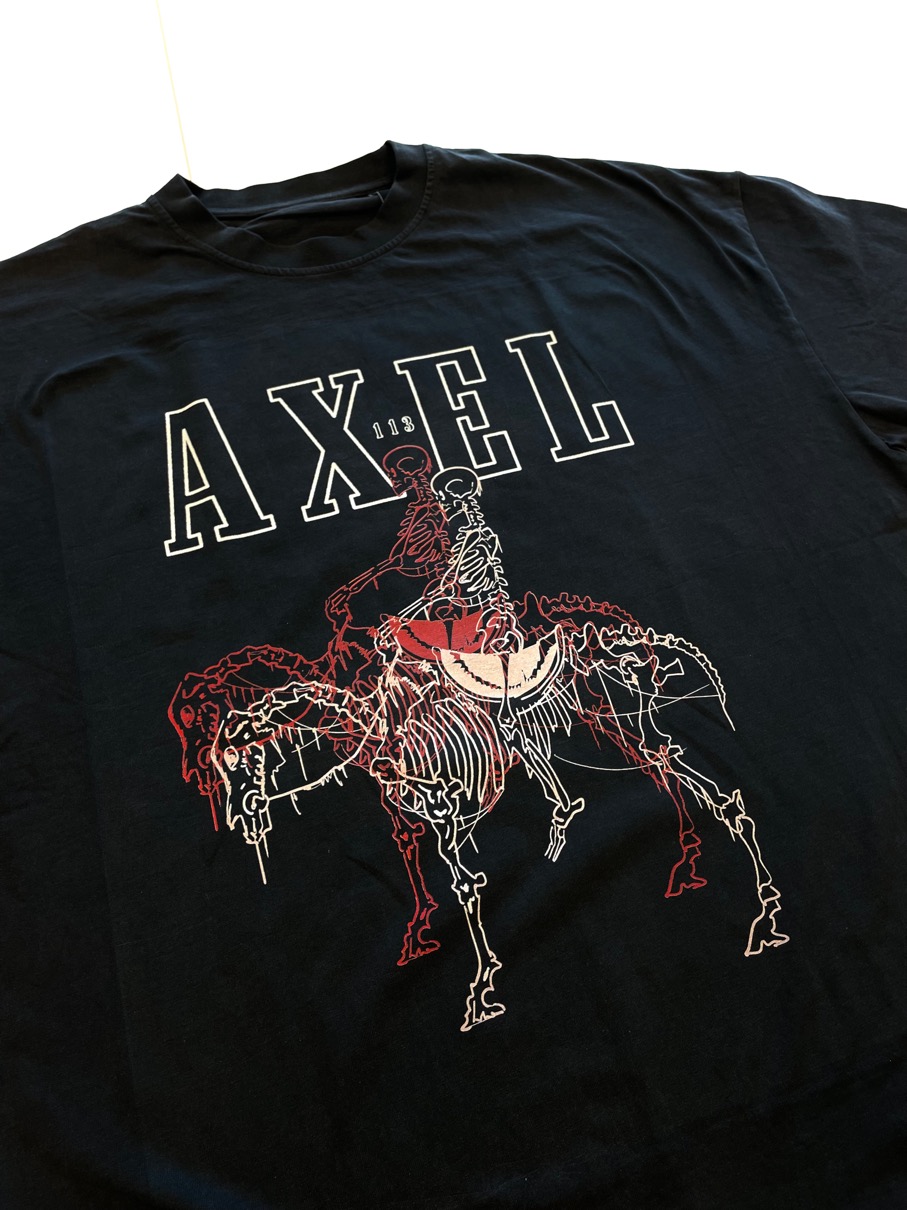
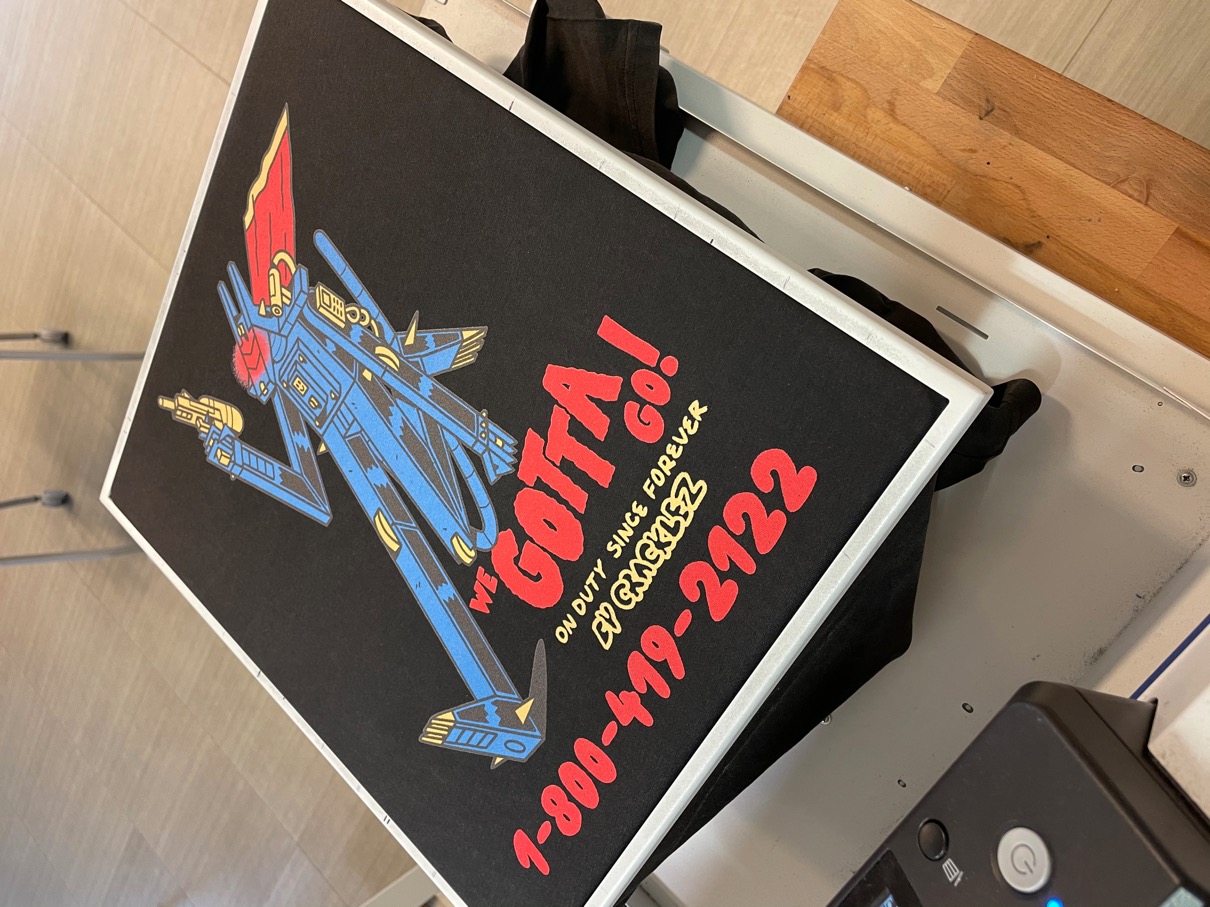
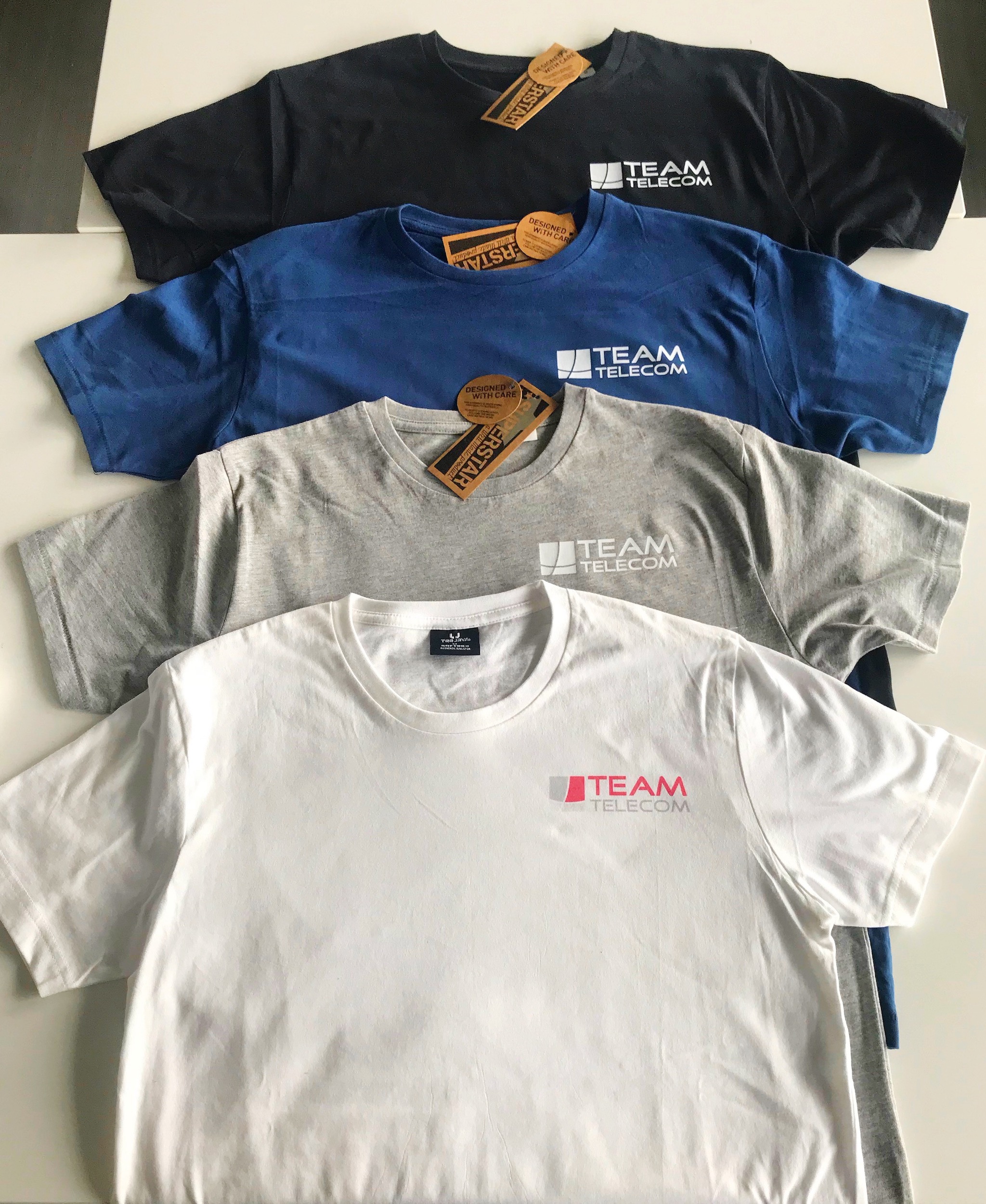
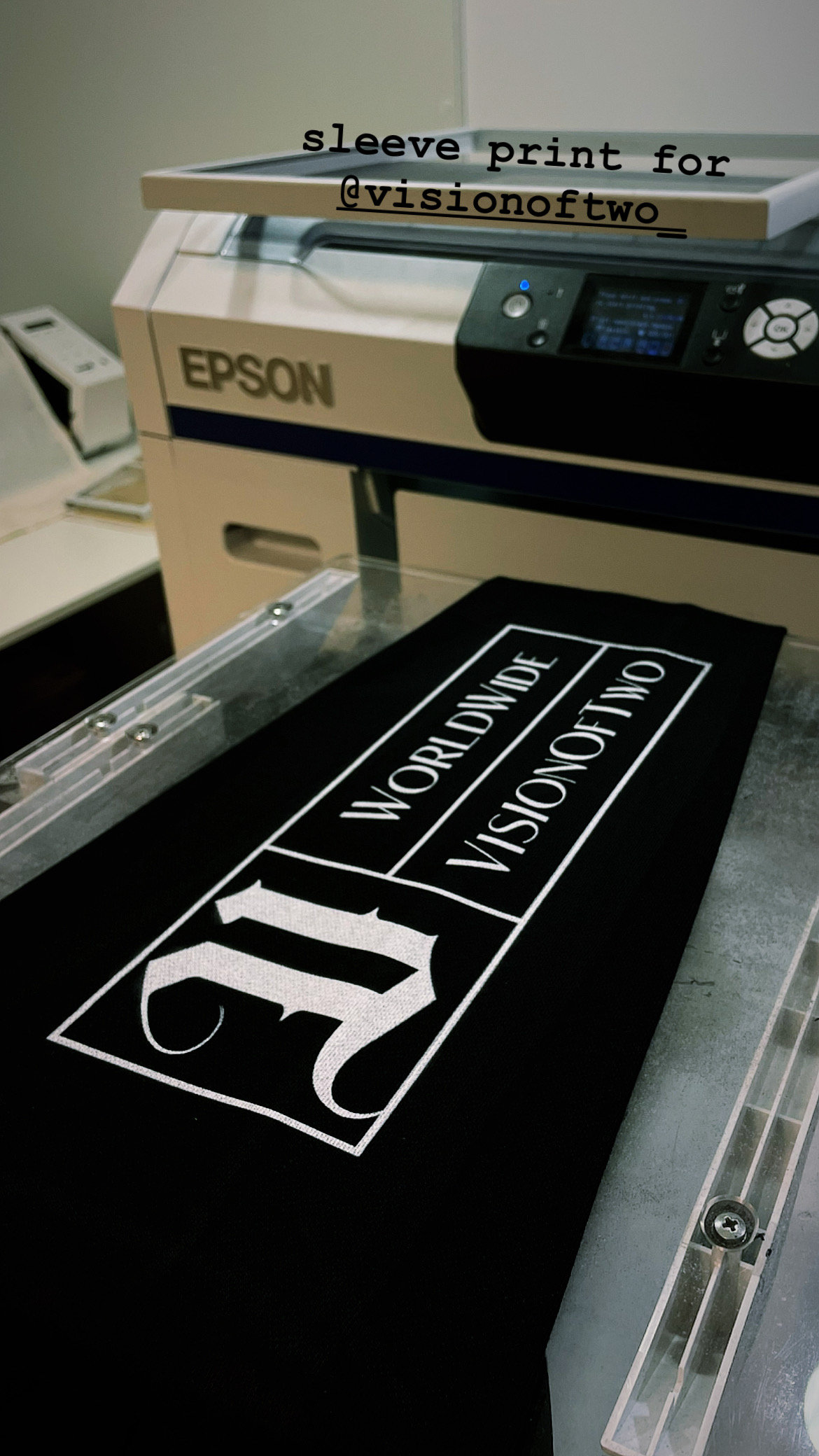

PROCESUL PRINTARII DIGITALE:
Pasul 1:
Orice comanda primeste o verificare din partea noastra din punct de vedere graphic si digital. Pentru a incepe, asteptam de la dumneavoastra o imagine cu o rezolutie cat mai buna cu ceea ce doriti sa fie imprimat. Cu cat mai mare este rezolutia, cu atat mai bine!
Pasul 2:
Suntem bucurosi sa lucram cu orice imagine pe care o primim, chiar daca are nevoie de mici modificari. Suntem experti in a transforma imagini banale in piese de arta. Cand vine vorba de firme, vorbiti cu echipa de marketing sau de web developing si cu siguranta va vor ajuta.
Pasul 3:
Orice model este verificat cu atentie inainte de a fi printat. Veti avea posibilitatea de a vedea modelul final pentru aprobare. Daca aveti intrebari specifice legate de modelul dumneavoastra, ne puteti contacta la zoestudio@inegra.ro
Pasul 4:
Cand vine vorba de printare, pixelii conteaza. Pixelii sunt cele mai mici lucruri care se pot masura intr-o poza si impreuna, milioane de pixeli combinati formeaza imaginea pe care o vedem. Cu cat mai multi pixeli, cu atat mai buna este imaginea. Ultimul pas este, printarea si de aici, produsul dumneavoastra este gata de livrat!
TIPURI DE FISIERE DE PRINTARE DIGITALA
Exista doua tipuri de imagini: raster si vector. Imaginile raster folosesc pixeli. Cu cati mai multi pixeli, cu atat mai buna imaginea si cu atat mai buna rezolutia, deci, mai calitativa printarea finala. Imaginile vector spre deosebire, folosesc calcule matematice intre doua puncta pentru a crea forme geometrice. Procesul in sine foloseste linii in loc de puncta si de aceea, sunt scalabile la infinit. Nu conteaza cat de mult scalezi la o imagine vector, nu isi pierde calitatea. Cand vizualizezi o poza pe ecranul calculatorului, de obicei necesita putini pixeli per inch pentru a se vedea bine- aproximativ 72 in general. Pentru vizualizare digitala, este de ajuns. Insa pentru printare, atat pe imbracaminte cat si pe hartie, cu cat este mai mare volumul pixelilor per inch cu atat mai bine. Ideal, cerem clientilor sa ne trimita imagini cu 300 pixeli per inch. Daca acest lucru nu e posibil, nu este o problema.
Echipa noastra este deschisa sa ajute. Formate acceptate: AI, EPS, JPEG, TIFF, PDF, PNG, PSD, PCT.
